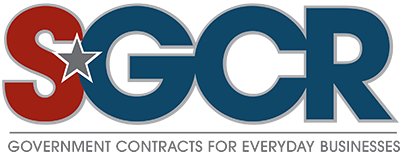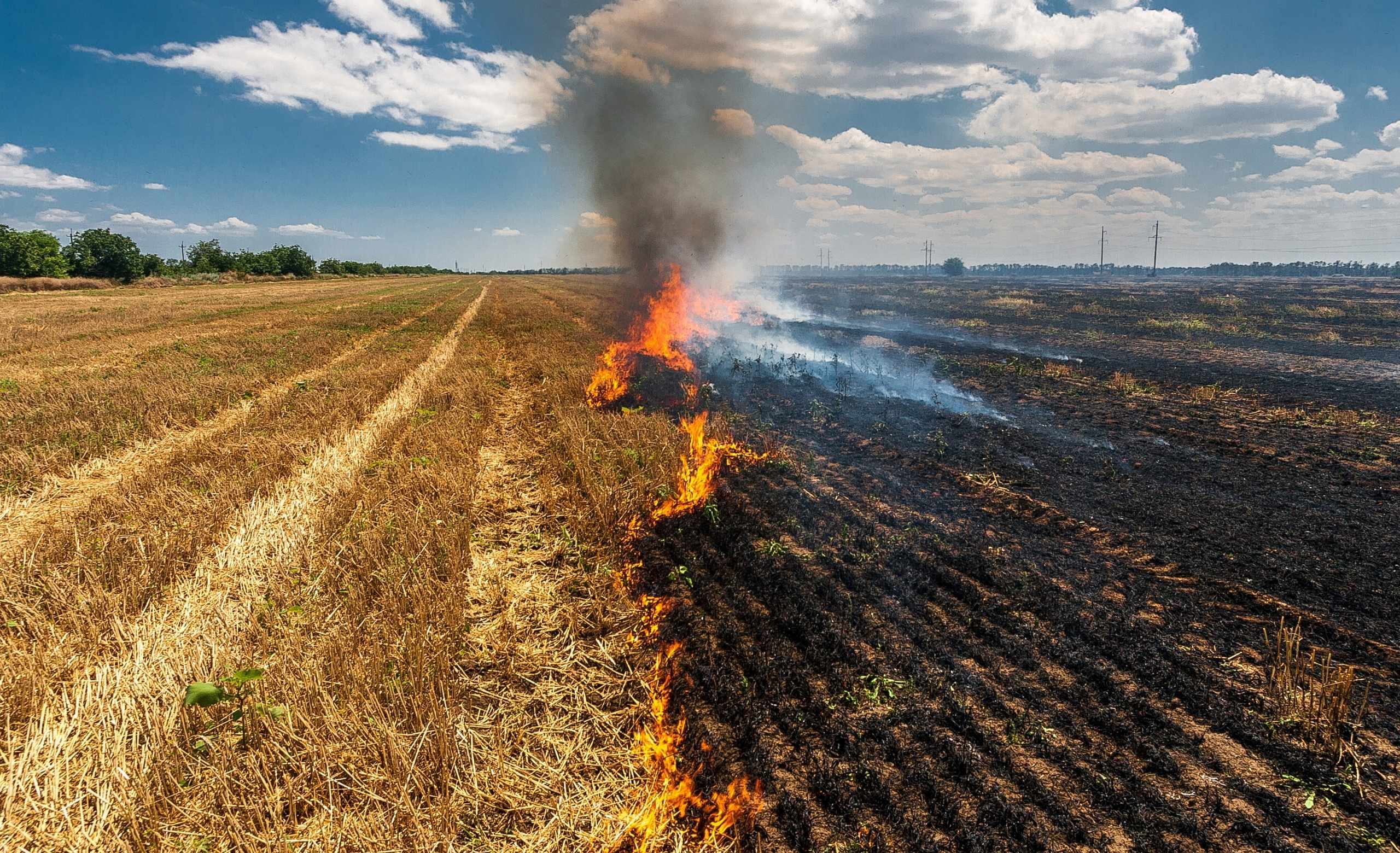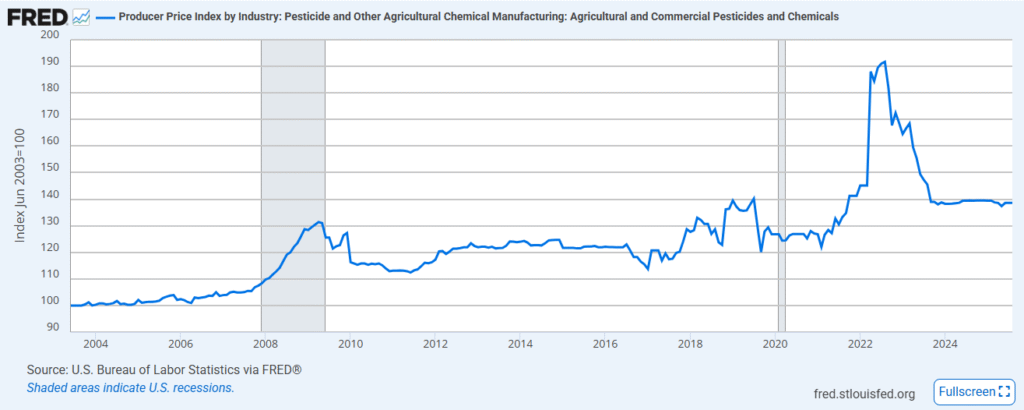Rising Input Costs for Crop: A Guide for Small Business Farm Service Providers
As we look ahead to the 2026 crop year, the agricultural landscape is shaping up to be more challenging than ever for small businesses involved in government contracting, particularly those in farming and related sectors. Input costs for critical resources like fertilizers, chemicals, and machinery are projected to rise, influenced by ongoing geopolitical tensions and trade issues. In this article you will see why it’s more important than ever to consolidate partnerships, network and start planning for 2026 business growth through government programs.
Here’s what you need to know about these trends and how your business can navigate them effectively.
Current State of Fertilizer Prices
In the past year, fertilizer prices have surged due to multiple factors, including geopolitical risks in the Middle East and evolving supply chain dynamics. As we move into 2026, it’s crucial for service providers working with the U.S. Department of Agriculture to monitor these changes closely, as they will impact the overall cost of agricultural inputs.
1. Nitrogen Prices: The demand for nitrogen has remained strong, leading to higher prices. Current projections suggest that the average price for anhydrous ammonia (AA) could be around $760 per ton, compared to $744 per ton in 2025. This increase is partially due to tightening supplies and global demand shifts.
2. Urea Pricing: Similarly, urea prices are expected to rise, with averages hitting approximately $620 per ton for the 2026 crop, up from $530 per ton in 2025. Factors such as export restrictions and strong import demand from countries like India are pushing these prices higher.
3. Phosphate and Potash: Phosphate prices remain elevated due to global supply constraints, while potash prices are stabilizing near pre-2020 levels, averaging around $475 per ton. Given that the U.S. imports about 97% of its potash, any geopolitical conflicts could further influence these costs.
The Impact of Tariffs on Production Costs
Tariffs on imports of chemicals and machinery parts are adding additional layers of costs to agricultural operations. Recent reports indicate that import tariffs have jumped significantly, adding anywhere from 12% to 18% to the cost of some chemicals. This means that service providers must prepare for potentially higher repair and production costs if these tariffs remain in place.
As a small business service provider, keeping an eye on these tariff developments is essential. If the tariffs are challenged successfully in court, it could lead to reduced costs for chemicals and parts, ultimately benefiting your business operations.
Strategies for Minimizing Costs
1. First in Line: Government programs are in a reset right now with the government shutdown. This can be an opportunity for those wanting to get in. Once the dust settles there is a possibility of a fire-sale of new contracts with the distribution of Q4 and FY 2026 funding. Start planning now!
2. Communication with Suppliers: Engage with your input suppliers frequently about current pricing dynamics and availability of supplies. This proactive approach can help you stay ahead of price increases and plan your purchases more effectively.
3. Explore Government Programs: If your business is a veteran, woman, or minority-owned, you might qualify for special government programs (like 8a, VOSB, WOSB, HUBZone) that can provide support and resources to navigate these challenging times. Understanding these benefits can help you reduce costs while engaging in government contracts.
4. Evaluate Equipment Needs: With high new equipment prices, consider maintaining older equipment longer to minimize repair costs. This strategy will help you manage expenses without sacrificing productivity.
The Future Outlook for Diesel and Chemical Costs
Farm diesel prices are projected to remain stable, averaging around $2.85 per gallon in 2026. However, a sudden spike in demand due to unforeseen circumstances could push prices higher. Similarly, the forecast for chemical costs suggests a continued rise due to import tariffs, making it critical for service providers to budget accordingly.
Conclusion: Preparing for 2026
As we approach the 2026 crop year, the landscape for agricultural input costs is fraught with uncertainty. Higher operational costs are projected by 4% for corn and 6% for soybeans compared to 2025. Understanding these dynamics is crucial for small business service providers in agriculture. With rising costs, we could see a rise in government support and potentially a rise in government programs. Schedule a call now to get a head start on 2026.
By staying informed about market trends, communicating with suppliers, and leveraging available government programs, you can position your business to thrive despite rising costs.
For further insights and resources, consider checking out our pages on:
In the face of rising costs and complexities, set up a free consultation to preparation because knowledge will be your best allies in navigating the 2026 crop year successfully.
Sources
1. Terrain Ag: Higher Input Costs Likely to Stick Around for 2026 Crop Year
2. North Dakota State University Report on Tariffs and Chemical Costs
3. USDA Crop Estimates for 2025 and 2026
For more insightful articles and resources related to government contracting and small business growth, visit Select GCR.




